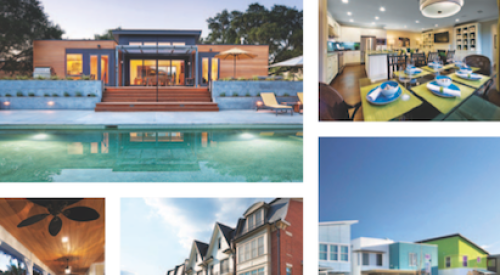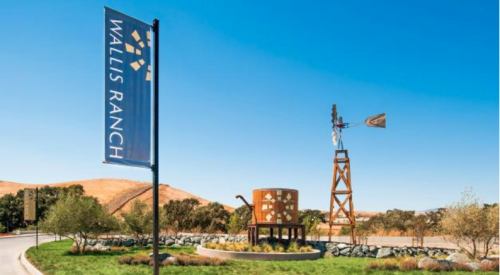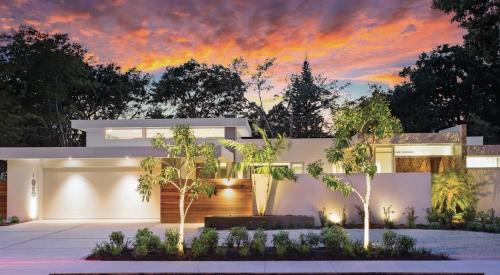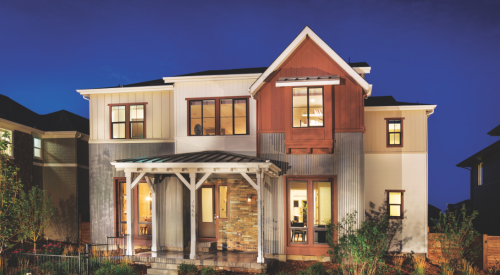 |
|||||||||||||||||||||||||
|
The Wood Ranch plan redefined community quality by focusing equally on areas that could be developed and those that should not; 70% of the property is being preserved as open space.
|
|||||||||||||||||||||||||
 |
|||||||||||||||||||||||||
|
|
|||||||||||||||||||||||||
Suburban Simi Valley is, in many ways, the prototype of typical Southern California suburbia. Nestled among low hills in the eastern edge of Ventura County just beyond the legendary San Fernando Valley, this dynamic medium-sized city became one of the early battlefields in California's periodic growth wars. The battle lines in this conflict are well known and can be found in various forms virtually everywhere that dynamic change must be accommodated.
As it became apparent that Simi Valley was approaching an ignition point on growth issues, along came the Wood Ranch Plan — a specific plan of more than 4,000 acres at the western reaches of the City. Once again, the leverage afforded by a single ownership in fomenting a breakthrough approach was demonstrated. An initial feasibility study focused not only on the areas that could be developed but also on those that shouldn't. This distinction is often the defining characteristic of community quality, at least from a physical design standpoint. The case was made that some 70% of the land should be preserved in some form of permanent open space, while four villages would occupy the remaining 30%.
This atypical proportion became the central genius of the Wood Ranch Plan, not only regarding its eventual quality as a living environment, but in terms of its effect on development strategy in the political environment that then prevailed. Development on the Ranch took place with solid City support while less visionary property proposals eked out a few dwelling units a year through the City's demanding growth management system. Thus, a design strategy that started with open space led to probably the only form of a Plan that could have been adopted.
Each of the Wood Ranch villages offers an unusual mix of dwelling types, considering contemporary attitudes. In addition, long before CPTED (Crime Prevention Through Environmental Design) became an "in thing," the Wood Ranch Plan embodied an aggressive eyes-on-the-street design that has helped Simi Valley sustain its reputation as one of America's safest communities.












